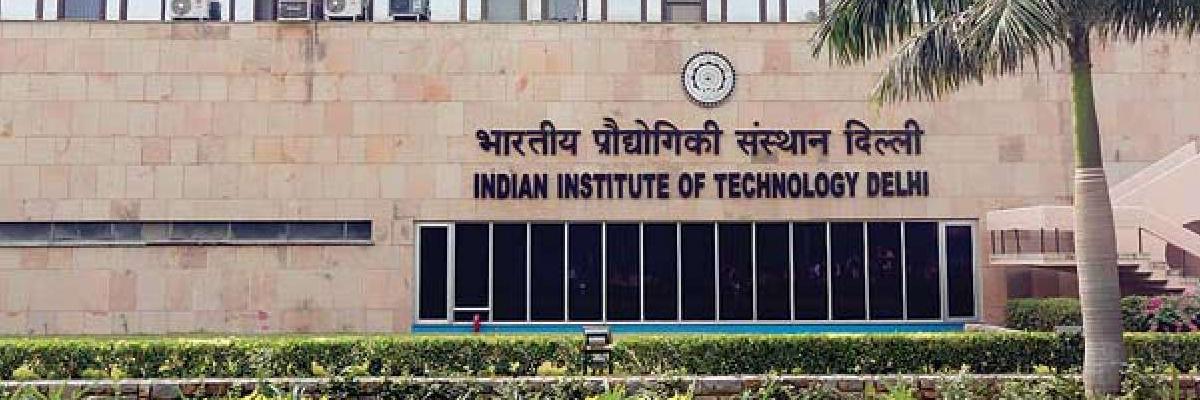IIT-D built sensor could prevent elephant deaths on railway tracks

Elephant deaths on railway tracks may be averted when a sensor built by a professor at the Indian Institute of TechnologyDelhi IITD is put to test If all goes well, it may be installed along the tracks frequented by elephants and prevent their cruel deaths
Elephant deaths on railway tracks may be averted when a sensor built by a professor at the Indian Institute of Technology-Delhi (IIT-D) is put to test. If all goes well, it may be installed along the tracks frequented by elephants and prevent their cruel deaths.
"The sensors are yet to be installed. This was to be tested in the monsoon season. Since this monsoon has passed, we are waiting for the 2019 season. Our system is functional. We have tested in a similar setting but not at the site. We have earmarked the Rajaji National Park as the test deployment site. It is the ideal place, kind of a controlled environment and good for experiments. It's where trains are known to travel at the correct speed," Subrat Kar, a professor at the department of electrical engineering at IIT-Delhi, told IANS.
According to the Wildlife Protection Society of India, in last five years alone India has lost near 100 elephants in train-related accidents. Moving at a slow pace, complete with their calves, they fail to respond fast enough to avoid a train hurtling towards them. In 2018, 26 elephants have so far succumbed to such collisions, the most recent being in Odisha's Keonjhar where an elephant was killed after being hit by a goods train.
Kar has been working on building a sensor device for close to a decade now in collaboration with the Wildlife Institute of India in Dehradun and funded by the Railways and Department of Science and Technology. Though there has been a buzz around the apparatus for years, it is only now slated to be tested in real conditions. So far Kar has tested the sensor only inside the IIT-Delhi campus and the results have been "satisfactory".
The sensor detects from a distance the movement of elephants through a number of in-built devices. Once it detects the movement of the elephants, it sends a radio signal to the nearest station, which conveys the message to the driver to either stop or slow down the train.
- Vishal Narayan

















